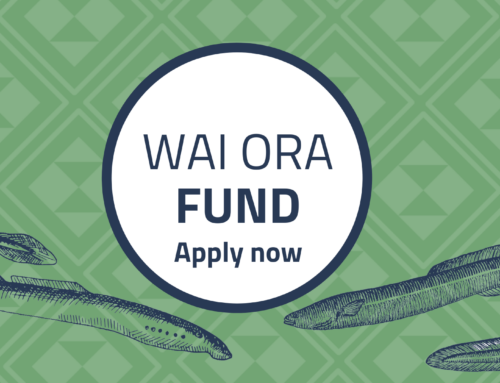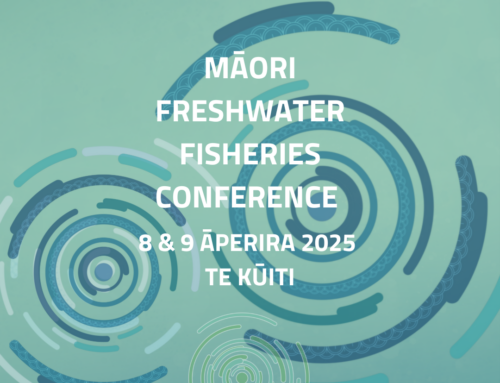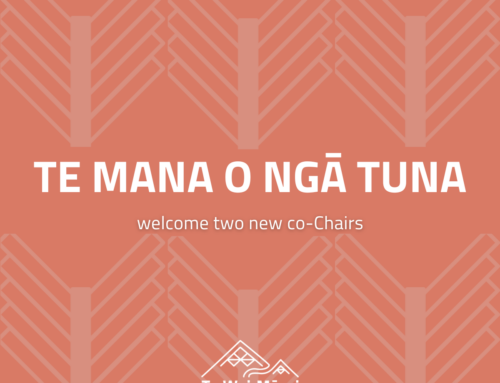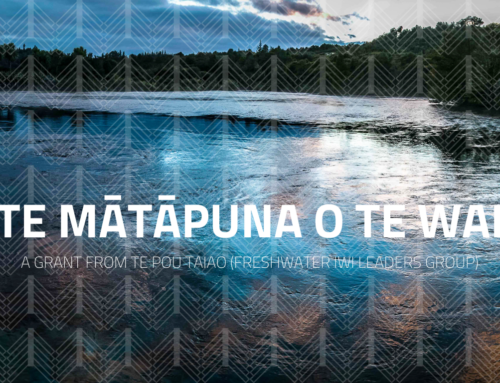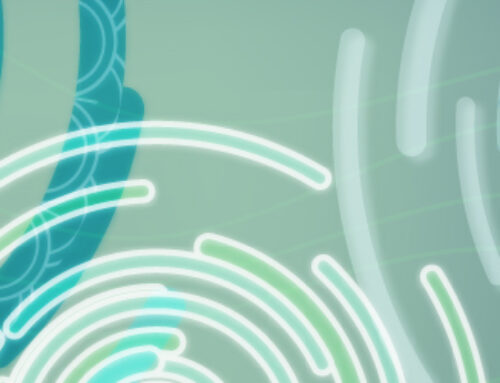Whakarongo ki te reo o te tuna
1/09/2021
Te Wai Māori Trust
On a sunny November morning, the team from Te Wai Māori and Lamp Studios are set up by the beach in Tūranganui-a-Kiwa (Poverty Bay), filming the first interview with Matua Ray Farmer for a series of short documentary series about the challenges facing tuna (eels), ‘He Reo Whakamana’.

“Over the last 200 or so years, our waterways have become contaminated and so the eel population has slowed down. We tried to tell the authorities… [but] from my perspective we need to do more,”says Ray.
It’s a sad, but true assessment of the state of tuna and their habitats.Nearby is Te Pā o Kahu, the site for the first documentary. Te Pā o Kahu and Awapuni Moana, were once home to a thriving community.But in the 1950’s the community was moved off the land, the lagoon was drained, and a dump was placed on the site.
“Kahu was a great chief, and as we say, he would be very sad to see his land today,” says environmental educator and Alternate Director of Te Wai Māori Trust, Ian Ruru.
Now covered over, the dump is leaking toxins into the nearby Awapuni stream. As a result, the tuna are sick and their populations dwindling.
“In the last 20 years, we’ve seen a terrible decline,” says Ian.
On the West Coast of the North Island, under Taranaki maunga is another stream whose tuna are suffering. The Waitekaure stream flows through Te Ikaroa, the coastal kāinga associated with Parihaka.
“The Waitekaure is a critically threatened stream,” says local kaitiaki, Tihikura Hohaia. The stream is surrounded by farmland and is affected by effluent, nitrogen, run-off, water extraction and unfenced paddocks. “Instead of being called streams, they’ve become drains.”

In the summer of 2017/18 the mouth of the Waitekaure was the site of a mass death of tuna. The water levels dropped and the toxins concentrated leading to the deaths of dozens of our mature taonga species. The loss of wetlands further upstream, as a result of piping and draining, is a major contributing factor. Wetlands are like a sponge, and in times of drought they provide much needed support for smaller waterways. Raising awareness for our tuna audience,” says Chair of Te Wai Māori Trust, Pahia Turia.
“It gave us the opportunity to give life to a story through the eyes of our taonga species, a species that has been significant to all of our iwi.”
Accompanying the videos are a set of resources developed for whānau and kura which encourage tamariki to learn about the health of their local awa and the freshwater species who live there. These resources include an info pack and worksheet to assess the health of their waterways, which enables tamariki to connect with their kāinga and effect change by contacting local officials with their findings.
Looking to the future
Since being launched in September last year, the videos have been viewed over 59,000 times. They have been popular resources for engagement across Te Wai Māori’s social media and website, with the Trust looking at further opportunities to address some of the issues identified in the docu-series.
Want to learn more?
You can watch the full series of ‘He Reo Whakamana’ or download any of the free educational resources on our website.
Meet Te Wai Māori’s Chair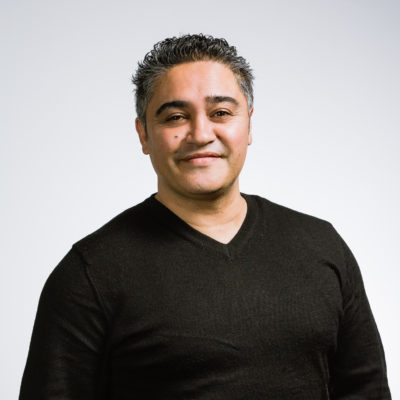
Pahia Turia (Ngā Wairiki, Ngāti Apa, Whanganui, Ngā Rauru, Ngāti Tūwharetoa) is the Chair of Te Wai Māori Trust and has been a director of Te Wai Māori since 2020.
Born and bred in Whanganui and having spent much of his life around waterways, Turia links his involvement in the freshwater space to his connection with his iwi. “As an iwi, we’re really conscious of our footprint and our ability to be able to clearly demonstrate that we’re committed to the environment and be the personification of what kaitiaki looks like.”
He’s also passionate about the rights and interests of freshwater fisheries within a Tiriti context and the role the Trust has in local and central government. “We have to think about the role that we can play in influencing policy, both at a regional and district council level around different activities that are affecting the wellbeing of our freshwater and our species.”
“I’m really committed to knowing that we can stand at an AGM in front of our people and know that we’re doing right by them.”


